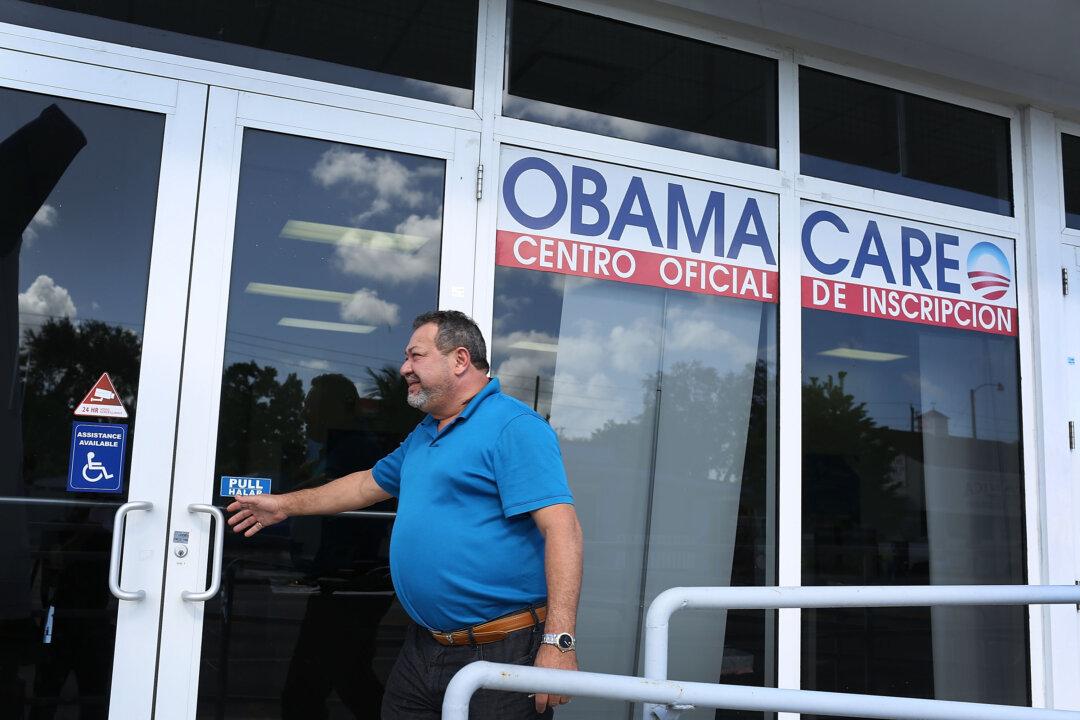As people mirror their lives through social media more and more, Facebook is trying to use its vast reach to help stem the tide of suicides beleaguering communities worldwide.
With 1.09 billion daily active as of March, 2016—90 percent of whom access the site via mobile phone—Facebook has access to billions of comments, photos, and reactions.
Now, if someone posts something on Facebook that raises a concern that they are suicidal or want to inflict self-harm, you can either reach out to them directly, or report the post to Facebook.
The report will ask for the person in concern’s Facebook URL, a link to the post, and an option to include a screenshot of the post.
The company’s around-the-clock teams worldwide will review the reports that are submitted, and prioritize the most serious ones, like self-injury.





